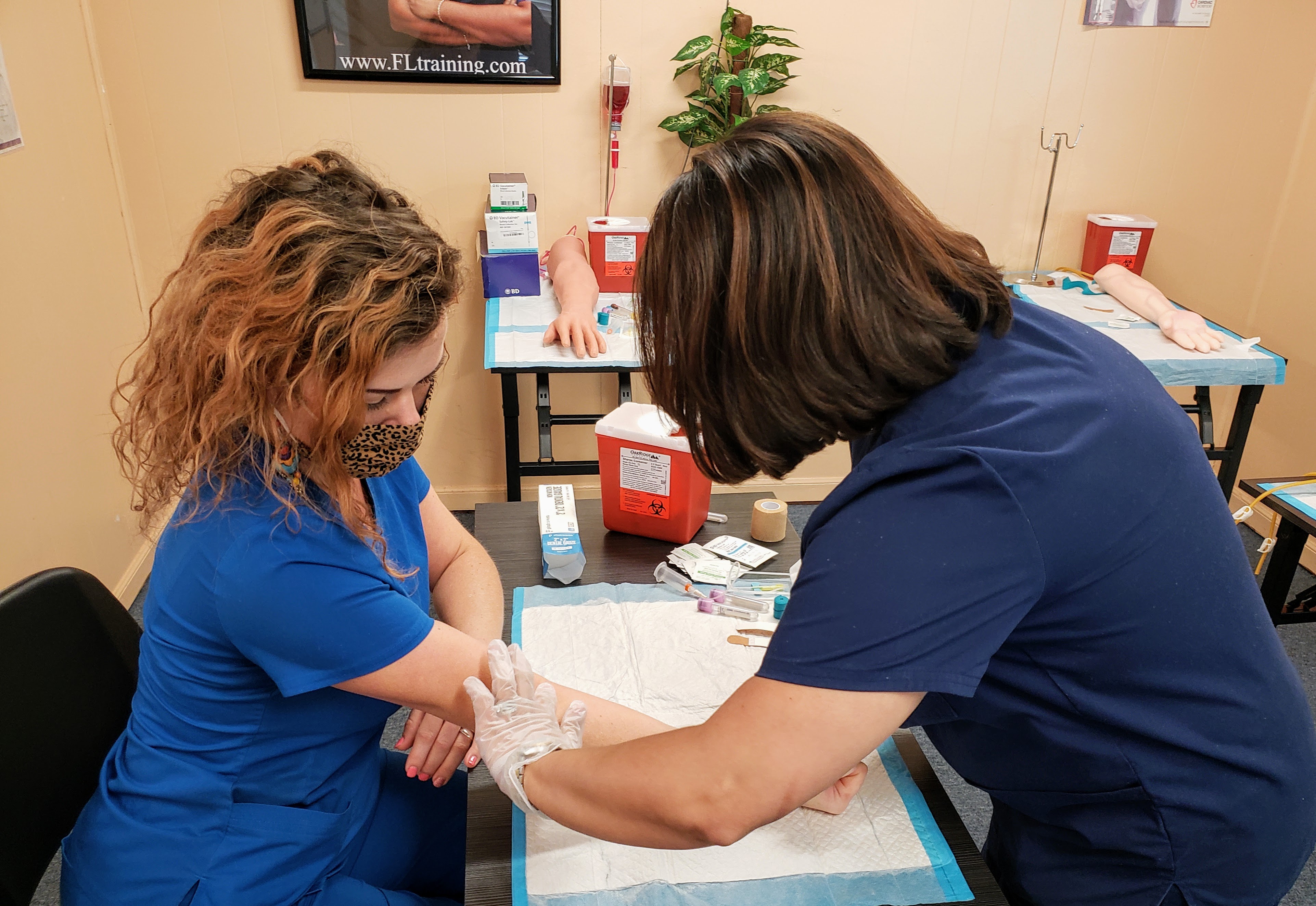All about Northeast Medical Institute - New Haven Campus Phlebotomy Course & Cna Class
All about Northeast Medical Institute - New Haven Campus Phlebotomy Course & Cna Class
Blog Article
More About Northeast Medical Institute - New Haven Campus Phlebotomy Course & Cna Class
Table of ContentsNot known Details About Northeast Medical Institute - New Haven Campus Phlebotomy Course & Cna Class The Single Strategy To Use For Northeast Medical Institute - New Haven Campus Phlebotomy Course & Cna ClassEverything about Northeast Medical Institute - New Haven Campus Phlebotomy Course & Cna ClassNortheast Medical Institute - New Haven Campus Phlebotomy Course & Cna Class Things To Know Before You BuyThe Greatest Guide To Northeast Medical Institute - New Haven Campus Phlebotomy Course & Cna ClassEverything about Northeast Medical Institute - New Haven Campus Phlebotomy Course & Cna Class
The usage of such tools should be come with by various other infection prevention and control methods, and training in their use. Not all security gadgets apply to phlebotomy. Prior to choosing a safety-engineered device, individuals should thoroughly investigate readily available gadgets to establish their proper usage, compatibility with existing phlebotomy methods, and effectiveness in safeguarding staff and patients (12, 33).For setups with reduced resources, cost is a motoring aspect in procurement of safety-engineered tools - PCT Classes. Where safety-engineered devices are not readily available, knowledgeable use a needle and syringe is appropriate. Unintentional direct exposure and particular info regarding an incident should be videotaped in a register. Assistance solutions should be advertised for those that undergo unintended direct exposure.
One of the crucial markers of quality of care in phlebotomy is the involvement and participation of the individual; this is equally helpful to both the wellness worker and the client. Clear information either created or spoken ought to be offered per individual that undertakes phlebotomy. Annex F supplies example text for discussing the blood-sampling procedure to an individual. In the blood-sampling room for an outpatient department or facility, provide a comfortable reclining sofa with an arm remainder.
The smart Trick of Northeast Medical Institute - New Haven Campus Phlebotomy Course & Cna Class That Nobody is Talking About
Make sure that the indications for blood tasting are clearly specified, either in a written method or in documented guidelines (e.g. in a laboratory kind). At all times, adhere to the methods for infection avoidance and control noted in Table 2.2. Infection avoidance and control practices. Gather all the equipment needed for the treatment and place it within secure and easy reach on a tray or trolley, making certain that all the items are plainly noticeable.
Present on your own to the client, and ask the client to specify their full name. Check that the laboratory kind matches the person's identification (i.e. match the client's details with the lab type, to ensure accurate recognition).
Make the individual comfortable in a supine placement (when possible). Place a clean paper or towel under the client's arm. Talk about the test to be carried out (see Annex F) and acquire verbal consent. The patient has a right to decline an examination any time before the blood tasting, so it is necessary to make sure that the client has recognized the treatment.
5 Simple Techniques For Northeast Medical Institute - New Haven Campus Phlebotomy Course & Cna Class
Extend the person's arm and evaluate the antecubital fossa or forearm. Find a blood vessel of an excellent size that is noticeable, straight and clear.
DO NOT put the needle where capillaries are drawing away, since this enhances the possibility of a haematoma. Situating the blood vessel will certainly assist in identifying the proper size of needle.
Haemolysis, contamination and presence of intravenous liquid and medication can all modify the outcomes (39. Nursing personnel and doctors may access main venous lines for samplings complying with procedures. Samplings from central lines bring a risk of contamination or incorrect laboratory examination outcomes. It is appropriate, but not perfect, to injure specimens pop over to these guys when first presenting an in-dwelling venous device, before linking the cannula to the intravenous liquids.
The 5-Minute Rule for Northeast Medical Institute - New Haven Campus Phlebotomy Course & Cna Class
Failing to allow sufficient contact time raises the threat of contamination. DO NOT touch the cleaned website; in certain, DO NOT position a finger over the vein to lead the shaft of the subjected needle.
Ask the person to form a fist so the capillaries are much more popular. Get in the blood vessel swiftly at a 30 degree angle or less, and continue to present the needle along the blood vessel at the simplest angle of access - CNA Classes. Once enough blood has actually been gathered, release the tourniquet prior to withdrawing the needle
Some Known Incorrect Statements About Northeast Medical Institute - New Haven Campus Phlebotomy Course & Cna Class
Withdraw the needle carefully and apply mild pressure to the site with a tidy gauze or completely dry cotton-wool sphere. Ask the person to hold the gauze or cotton wool in position, with the arm extended and increased. Ask the person NOT to bend the arm, due to the fact that doing so triggers a haematoma.

Northeast Medical Institute - New Haven Campus Phlebotomy Course & Cna Class Things To Know Before You Buy
Do not press the syringe bettor because extra stress enhances the danger of haemolysis. Where possible, keep the tubes in a rack and move the rack towards you. Inject downwards into the suitable coloured stopper. DO NOT eliminate the stopper since it will launch the vacuum. If the sample tube does not have a rubber stopper, inject very gradually right into the tube as lessening the stress and rate made use of to move the specimen lowers the risk of haemolysis.

Report this page